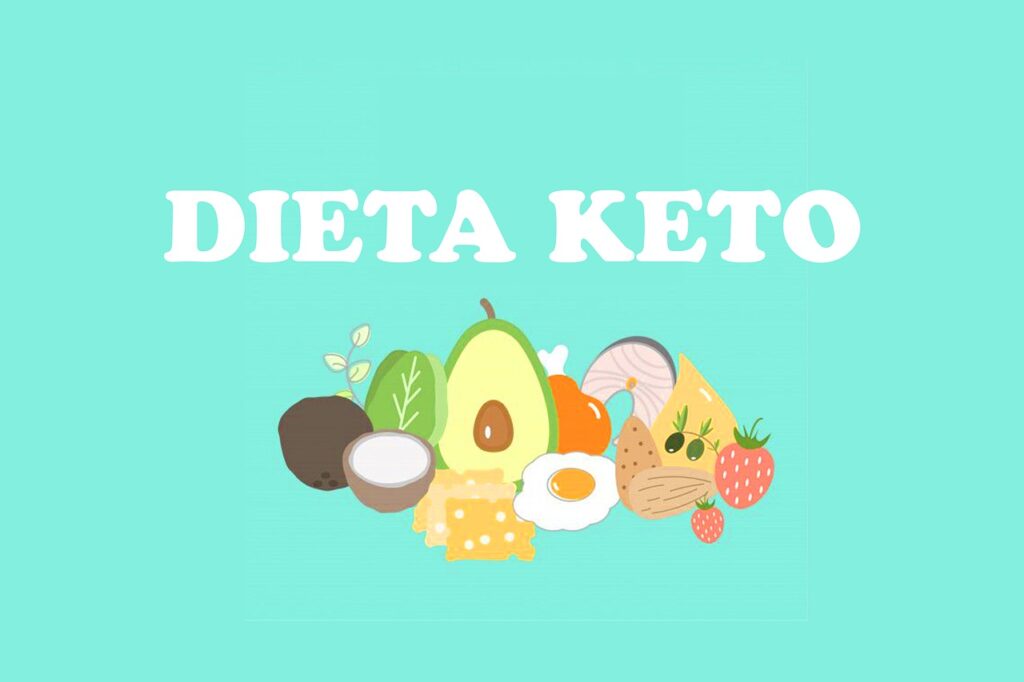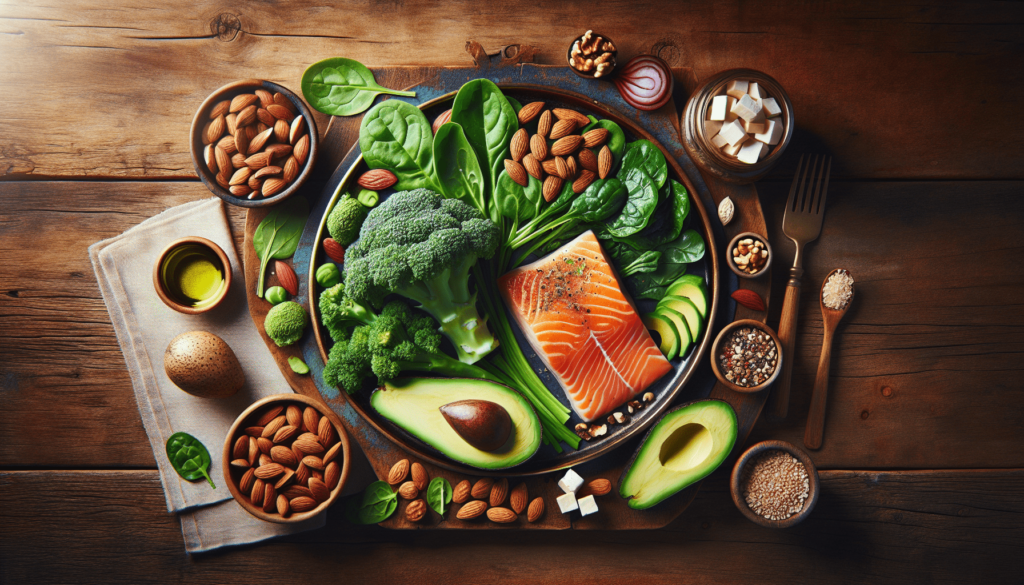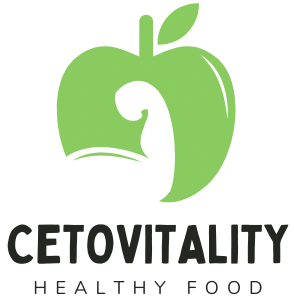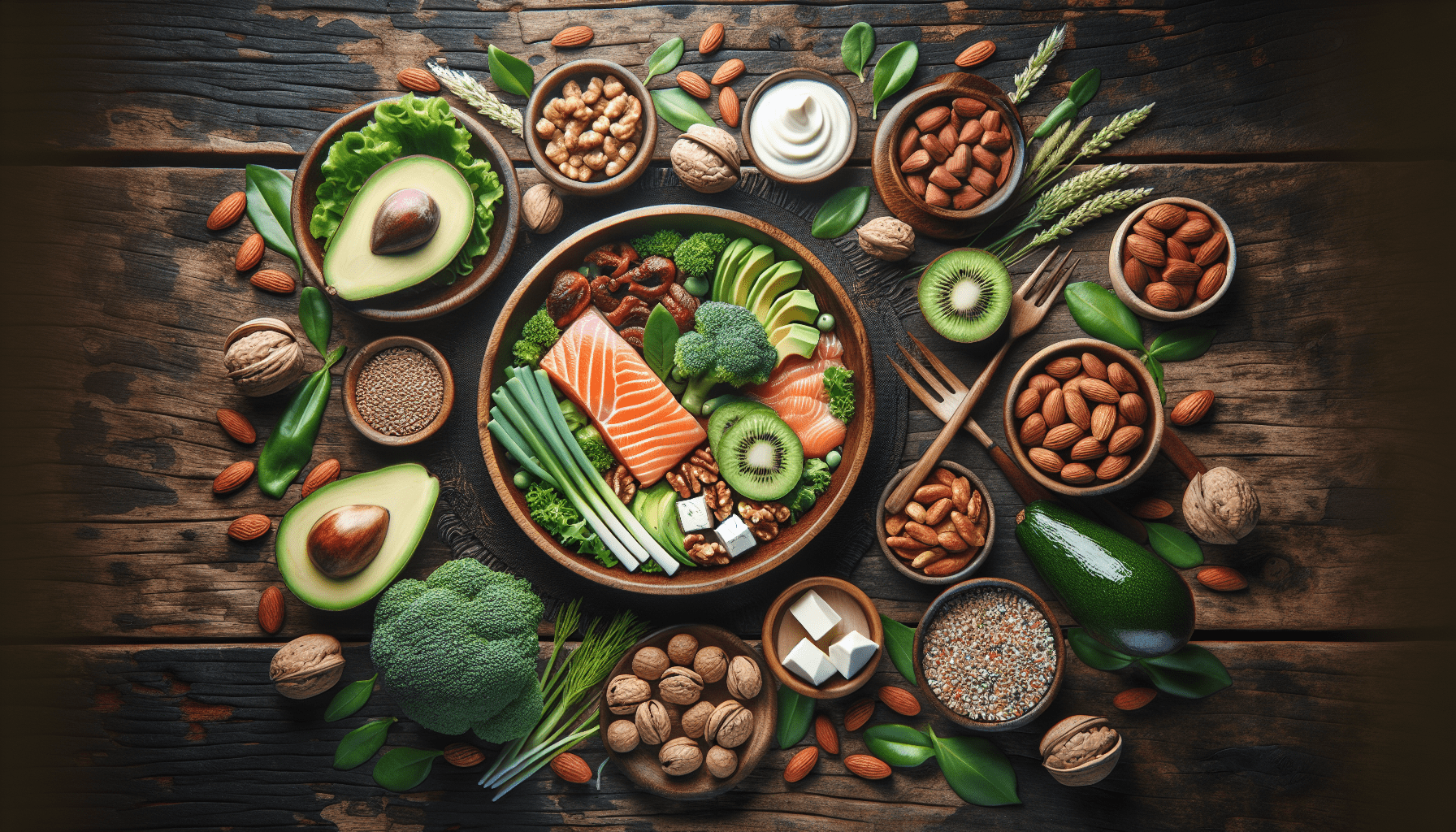Navigating the keto diet can sometimes feel like walking through a maze, where every turn presents a new challenge. Whether you’re just starting out or you’re looking to refine your approach, “Avoiding Common Keto Mistakes: Tips for Success” serves as your personal guide through the intricacies of this low-carb journey. Packed with practical advice and easy-to-implement strategies, this article aims to steer you clear of common pitfalls and place you firmly on the path to achieving your health and wellness goals. So, let’s arm yourself with knowledge and make your keto journey as smooth and effective as possible.
Get your Free Keto Recipe eBook Now!
Understanding Keto Basics
Before diving into the ketogenic diet, it’s crucial to grasp the fundamental concepts that make it unique and effective for many.
Defining the ketogenic diet
The ketogenic diet is a low-carb, high-fat diet that has gained popularity for its potential to promote weight loss and improve certain health conditions. By drastically reducing carbohydrate intake and replacing it with fat, your body enters a metabolic state known as ketosis. This shift enables you to more efficiently burn fat for energy, making it a favorite among those looking to shed weight and enhance their metabolic health.
The science behind ketosis
Ketosis occurs when your body doesn’t have enough glucose (sugar) for energy, so it burns stored fats instead; this results in a build-up of acids called ketones within the body. This process can lead to weight loss due to a reduced appetite and an increased rate of fat burning. Achieving ketosis requires a disciplined approach to carbohydrate reduction, prompting your body to make this metabolic switch.
Macronutrient ratios on a keto diet
Achieving and maintaining ketosis relies heavily on adhering to specific macronutrient ratios. Typically, a ketogenic diet consists of about 70-75% fat, 20-25% protein, and 5-10% carbohydrates. However, these ratios can vary based on individual needs and goals. It’s crucial to monitor these ratios carefully to ensure your body enters and stays in ketosis.
Setting Realistic Goals
Embarking on a ketogenic journey is exciting, but setting realistic goals is key to long-term success and satisfaction.
Determining personal health and weight loss goals
Personal health and weight loss goals should be specific, measurable, achievable, relevant, and time-bound (SMART). Evaluate where you are in your health journey and where you’d like to be. Setting unrealistic goals can lead to disappointment and may discourage you from continuing your journey.
The importance of patience and consistency
Patience and consistency are your best allies on the keto journey. Sustainable weight loss and health improvements do not happen overnight. By remaining consistent with your dietary choices and patient with your progress, you’ll be more likely to see long-term success.
Adjusting expectations for sustainable progress
It’s vital to adjust expectations to align with sustainable progress rather than rapid transformations. Sustainable progress might be slower, but it’s more likely to result in long-term health benefits and weight maintenance.

Get your Free Keto Recipe eBook Now!
Avoiding Insufficient Fat Intake
One of the most common mistakes in a ketogenic diet is not consuming enough fat.
The role of fat in ketosis
Fat is the cornerstone of the ketogenic diet; it’s what your body uses as a primary energy source in the absence of carbohydrates. Consuming sufficient amounts of healthy fats is essential for maintaining ketosis and providing your body with energy.
How to incorporate healthy fats into your diet
Incorporating healthy fats into your diet can be simple and delicious. Focus on sources like avocados, nuts, seeds, olive oil, and fatty fish. These not only help maintain ketosis but also support overall health with their nutrient profiles.
Common misconceptions about fat consumption on keto
Many believe that all fats are unhealthy, leading to heart disease and weight gain. However, in the context of a ketogenic diet, healthy fats are vital and can actually improve heart health and aid in weight loss when consumed as part of a balanced diet.
Navigating Carb Reduction Mistakes
Reducing carbs is essential for entering ketosis, but avoiding common pitfalls is crucial for success.
Identifying hidden carbs in foods
Hidden carbs can appear in sauces, dressings, and even certain vegetables and nuts. Reading labels and understanding nutritional content is essential to avoid accidentally exceeding your daily carb limit.
Tips for managing carb cravings
Managing carb cravings involves finding keto-friendly alternatives, staying hydrated, and ensuring you’re consuming enough fat and fiber. Over time, as your body adapts to ketosis, these cravings usually diminish.
Understanding the impact of fiber
Fiber is a carbohydrate that your body can’t digest, so it doesn’t count toward your net carb intake and doesn’t knock you out of ketosis. Consuming enough fiber is crucial for digestive health and can help manage hunger and blood sugar levels.

Overlooking Protein Balance
Protein is an essential component of a healthy diet, but finding the right balance is key on a ketogenic diet.
Finding the right protein balance
While moderate protein consumption is vital for muscle maintenance and overall health, too much can prevent ketosis, as the body can convert excess protein into glucose. Aim for a balance that supports your body’s needs without exceeding it.
The risks of too much or too little protein
Too much protein can hinder your ability to enter ketosis, while too little can lead to muscle loss and decreased metabolic rate. Finding the sweet spot is crucial for maintaining muscle mass and optimizing ketosis.
Best protein sources for a ketogenic diet
Choose high-quality, low-carb protein sources such as grass-fed meat, wild-caught fish, eggs, and full-fat dairy. These options will help you maintain your protein intake without compromising your carb limits.
Hydration and Electrolyte Management
Proper hydration and electrolyte management are vital on a ketogenic diet, where the risk of imbalance is higher.
The importance of staying hydrated
Staying hydrated is essential on any diet, but especially on keto, as it can significantly decrease water retention. Increased water intake helps support kidney function and fat metabolism.
How to maintain electrolyte balance
As you lose water on a ketogenic diet, you also lose electrolytes. Consuming foods rich in potassium, magnesium, and sodium can help maintain balance, prevent fatigue, and avoid the “keto flu.”
Signs of electrolyte imbalance and how to correct it
Signs of electrolyte imbalance include fatigue, headaches, and muscle cramps. Correcting it involves increasing intake of electrolyte-rich foods or supplements and ensuring adequate hydration.

Avoiding Processed Keto Products
The convenience of processed keto products can be tempting, but they may not always support your health goals.
The allure of convenience vs. health benefits
While processed keto products offer convenience, they often contain artificial ingredients and sweeteners that can hinder your health progress. Whole foods are always the better choice for nutrient density and overall health.
How to identify and avoid processed keto pitfalls
Reading labels is crucial to avoid processed keto pitfalls. Look for products with a short list of recognizable ingredients and low net carbs but beware of artificial additives.
Focusing on whole foods for optimal results
Focusing on whole foods such as vegetables, meats, fats, and nuts ensures you’re getting the maximum nutritional benefit without the unnecessary additives found in processed foods.
Ignoring Food Quality
Food quality can significantly impact your health, ketosis, and overall well-being.
The importance of food quality over quantity
Opting for high-quality foods ensures you’re consuming nutrient-dense options that support your health goals, rather than just focusing on calorie or carb counts.
Organic, grass-fed, and other quality considerations
Whenever possible, choose organic, grass-fed, and wild-caught options. These choices tend to be higher in essential nutrients and free from harmful pesticides and antibiotics.
How food quality impacts ketosis and overall health
High-quality foods can provide a better ratio of omega-3 to omega-6 fatty acids, reduce exposure to toxins, and improve overall health, making your keto journey more effective and enjoyable.

Inadequate Planning and Preparation
Success on a ketogenic diet often comes down to proper planning and preparation.
The key role of meal planning in keto success
Meal planning can help you stay on track, avoid temptation, and ensure you’re meeting your nutritional needs. It can also save time and reduce stress.
Tips for meal prepping and shopping
Prepare your meals in advance and make grocery lists based on your meal plan to avoid impulse buys. Opt for bulk purchasing of staple items to save time and money.
How to handle dining out and social situations
Dining out and social situations can be challenging on keto, but not impossible. Look for keto-friendly options, don’t be afraid to customize your order, and focus on socializing rather than just the food.
Neglecting Mindset and Support
Your mindset and support system play crucial roles in your keto journey.
The importance of a supportive community
A supportive community, whether online or in-person, can provide encouragement, share experiences, and offer advice to help you navigate challenges.
Cultivating a positive mindset for long-term success
Maintaining a positive mindset is key to overcoming setbacks and staying motivated. Celebrate your progress, no matter how small, and remember why you started.
How to deal with setbacks and stay motivated
Setbacks are a normal part of any health journey. Reflect on what led to the setback, learn from it, and use it as an opportunity to grow stronger. Remember your goals and the progress you’ve already made to stay motivated.

